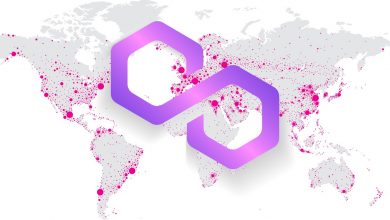Ethereum 2.0 and Why it Did Not Launch Instantly

Table of Contents
The Current Problems of Ethereum
Ethereum may have carried off more popularity than most of its rivals but has some operational challenges.
Ethereum offers poor scalability as it struggles to meet the growing demand without incurring large transaction fees and sluggish transaction processing. Miners typically have to sell their earned coins for fiat money to cover their power bills, causing the crypto currency’s price to fall.
This problem was mitigated through an upgrade called Ethereum 2.0 or Serenity.
What is the Ethereum 2.0 Beacon Chain?
The new Ethereum upgrade is called the Ethereum 2.0 Beacon Chain. The major change in the system is that it’s using the Proof of Stake (PoS) concept rather than Proof-of-Work. Here instead of a miner, you become a validator. You’ll be responsible for processing transactions and adding new blocks to the chain. With the new sharding system of Beacon Chain in Ethereum 2.0, the transaction speed greatly increases as the blocks will split and paralleling run instead of a single chain.
ETH2 Phases and the ETH Roadmap
ETH2 will release in several phases in upcoming years. On December 1, 2020, Phase 0 (the beacon chain) was launched. It was the first one. The next phases, Phase 1 and Phase 1.5 will release in 2021. You can use one of this block explorer to track everything related to ETH2.
Phase 0 or Beacon Chain is the core chain. It works on synchronizing all the shards in the network with help of validators.
In Phase 1, Shard chains or proof-of-stake blockchains will run Ethereum’s data and transactions. Validators will confirm transactions, building blocks, and connect with the beacon chain.
Phase 1.5 brings Legacy Ethereum, which will mark the complete transformation of Ethereum from POW to POS.
Phase 2 will complete the shard chain upgrade, making it fully functional.
Proof-of-Work vs. Proof-of-Stake – Differences to Know
Mechanism
Proof-of-Work Platform uses a consensus mechanism for extra security. It makes its network participants or miners solve complex puzzles to avoid system abuse. For that physical computational networks are used.
According to the Proof of Stake idea, a person’s ability to mine or validate block transactions is proportional to the number of coins they own. It implies that the more crypto coins a miner has, the greater their mining power.
Reward
In POW, the miners compete to solve the block problems using expensive hardware and software. The fastest one receives rewards. Other miners don’t.
In POS, all miners only receive the transaction fee. There is no block reward.
Efficiency
POW has serious environmental concerns. It spends a huge amount of electricity in conducting transactions. Then the transaction fee has to compensate for the real cost.
POS implemented platforms are light, secure, low cost, and energy-efficient
How to Benefit From the Ethereum Upgrade
The Ethereum upgrade comes with many advantages that will help you earn more ETH without risking it at all. This new upgrade will be scalable and enable fast transaction.
Here no validators will be at a loss since everyone will receive the transaction fee relative to the ETH amount already present in the wallet. There will be no competition between nodes to win blocks, which will require a lot of energy.
Follow Techwaver for more!



